Rumaniacs Review #R-125 | 0823
Many of the rhums from the Reunion Island distillery of Savanna are a high-ester rum-geek’s dreams and fantasies: they are molasses-based, and benefit from longer fermentation times and a pass through their Savalle copper column still. The term for these rhums with congener levels greater than 800g/HLPA and minimum ester levels of 500g/HLPA is Grand Arôme, but Savanna has branded them with other names, now and in the past.
Since 2003 or so they have been called the Lontan series of rums — this is a play on the French creole words long temps or “long time” (referring to the fermentation), and tan lon tan meaning “in the old days”. Previously, between 1997-2000 they were titled Varangue (verandah, perhaps a hint and a wink at where you should be drinking it), before which they were sold as Lacaze rhums…but of this last, few records remain and I couldn’t tell you much about them.
The Varangue resulted from a 5-year R&D effort spearheaded by Laurent Broc who was once the Savanna’s Master Distiller and then the Distillery Director (he has since left the company), and was first released in 1997 to much acclaim: it was specifically aimed at raising both awareness and the reputation of Reunion rums, which at the time were not considered anything special. But it was likely ahead of its time, for it found no broad boozing audience in the rum crowd (unless it was domestic, or in France) and was not marketed to a broad geographical swathe. That said, it did great sales in the food and confectionary businesses.
In the early 2000s when the new Savanna branded estate rums were initiated (Creol, Intense, Lontan, etc), the Varangue was rebranded as Lontan with better results and one could argue that it is with the concomitant rise of rumfests, social media and the New Jamaicans post-2010 that it was finally catapulted to the wider reknown the new name currently enjoys.
Colour – White
Age – Unaged
Strength – 40%
Nose – Initially, does not compare favourably against the Lontan Grand Arôme 40% released a few years later, but not all older rums are better than their replacements, it is true, so we move on. It gets better. Clean, briny, a touch herbal, but not much. Glue, anise, floor polish and wax, a little rubber and acetones plus a very slight bitterness that I would attribute to oak had this been aged. Develops into a nice sweetness redolent of of pineapples, strawberries and overripe, almost past-their-prime fruit.
Palate – Rather gentle and easy (no surprise, considering the strength). Unfortunately this translates into a faint series of tastes one has to pay careful attention to tease out. Some furniture polish, those weird bitter oaky notes (what are they doing here?). Some nice acetones, and light fruity notes: pineapple again, strawberries, cane juice, light herbal notes of dill and rosemary.
Finish – Short and light, almost watery. Sweetly and tartly fruity – again, pineapple, plus gooseberry, five finger, and some mild sugar water
Thoughts – Overall, not really that impressed. There’s a lot going on there, it’s just too faint to come to grips with, the balance among the various elements is poor. Still, nose and palate aren’t bad at all. It’s pleasantly aromatic and shows something of what the entire Lontan series emerged from. I’d put it slightly ahead of its successor, but it’s within the margin of error
(78/100)

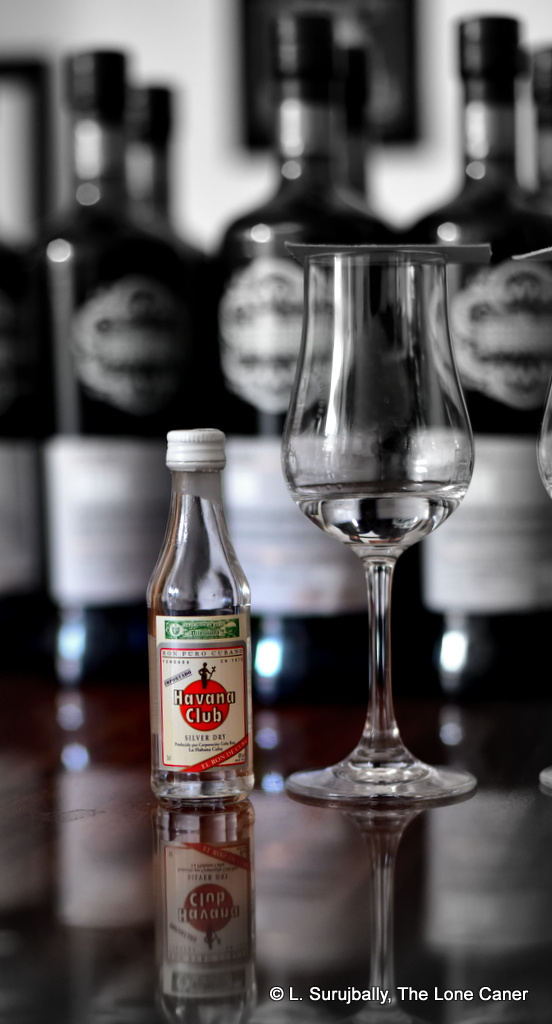 Rumaniacs Review #124 | 0803
Rumaniacs Review #124 | 0803 Palate – Meh. Unadventurous. Watery alcohol. Pears, cucumbers in light brine, vanilla and sugar water depending how often one returns to the glass. Completely inoffensive and easy, which in this case means no effort required, since there’s almost nothing to taste and no effort is needed. Even the final touch of lemon zest doesn’t really save it.
Palate – Meh. Unadventurous. Watery alcohol. Pears, cucumbers in light brine, vanilla and sugar water depending how often one returns to the glass. Completely inoffensive and easy, which in this case means no effort required, since there’s almost nothing to taste and no effort is needed. Even the final touch of lemon zest doesn’t really save it.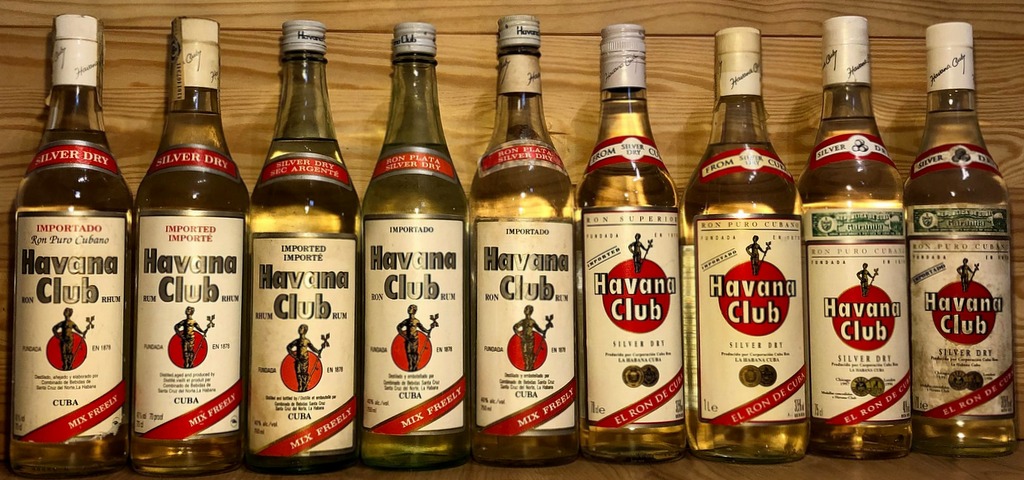
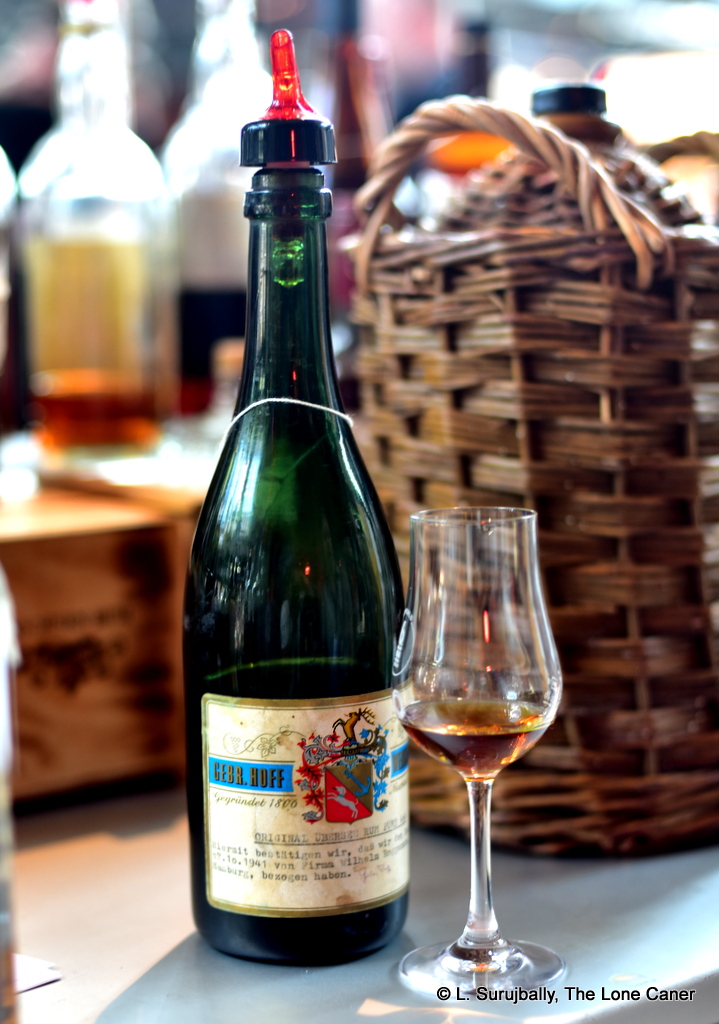 Rumaniacs Review #123 | #800
Rumaniacs Review #123 | #800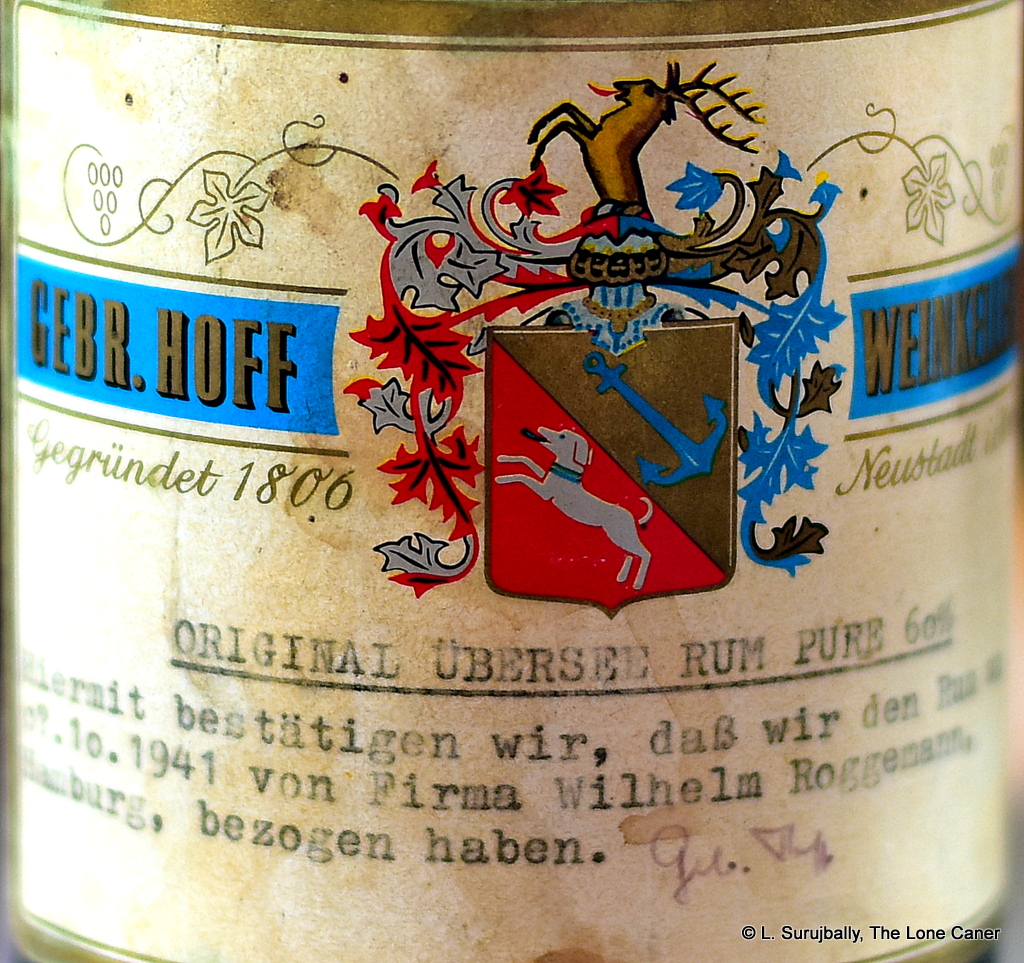
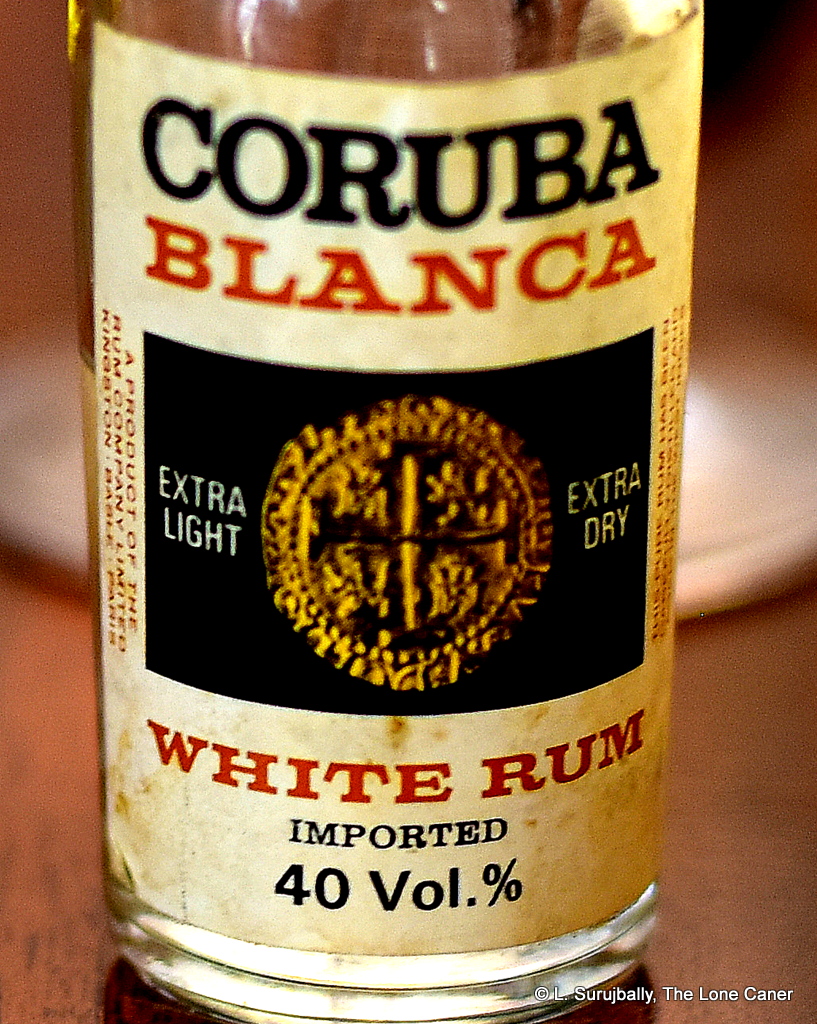 Rumaniacs Review #122 | 0785
Rumaniacs Review #122 | 0785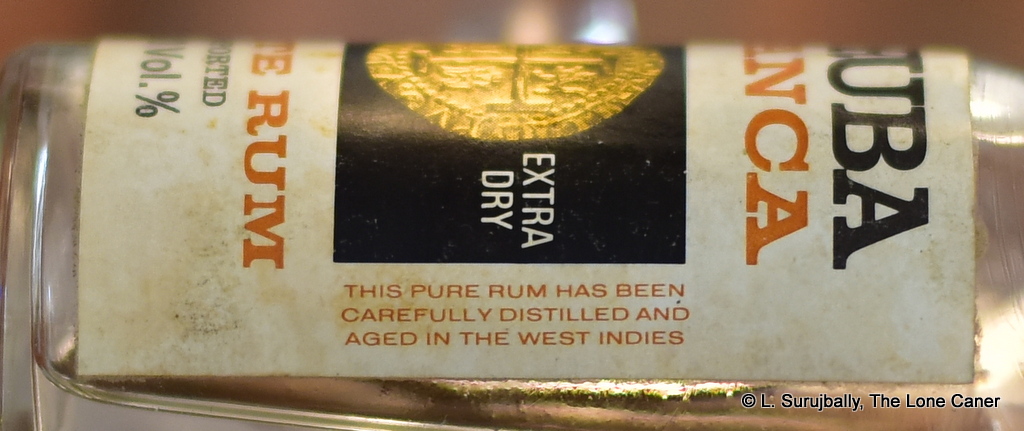
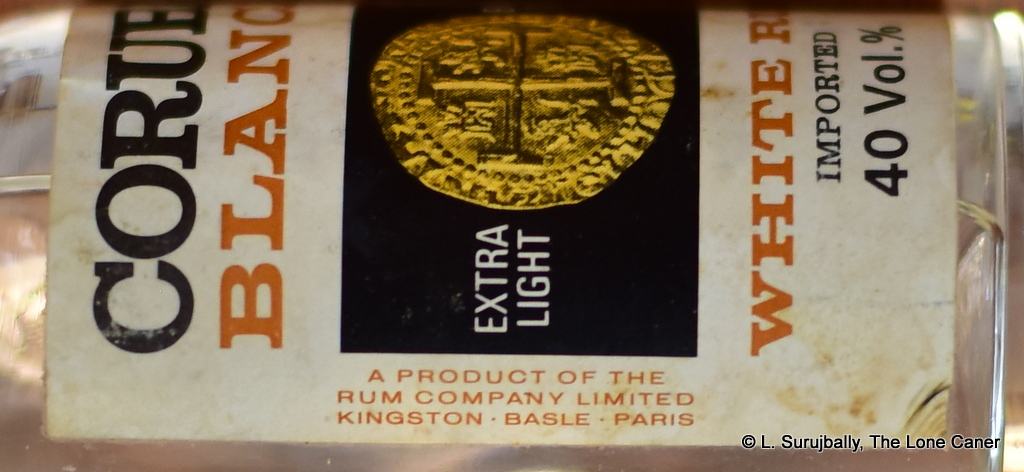
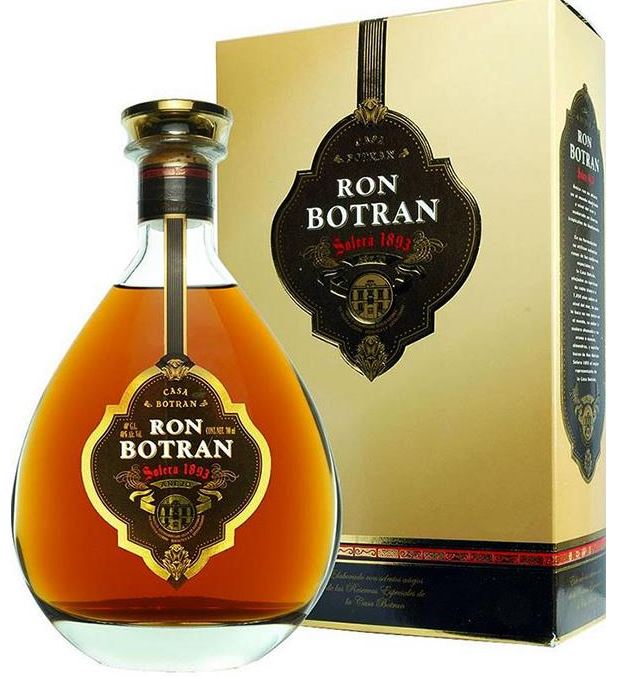
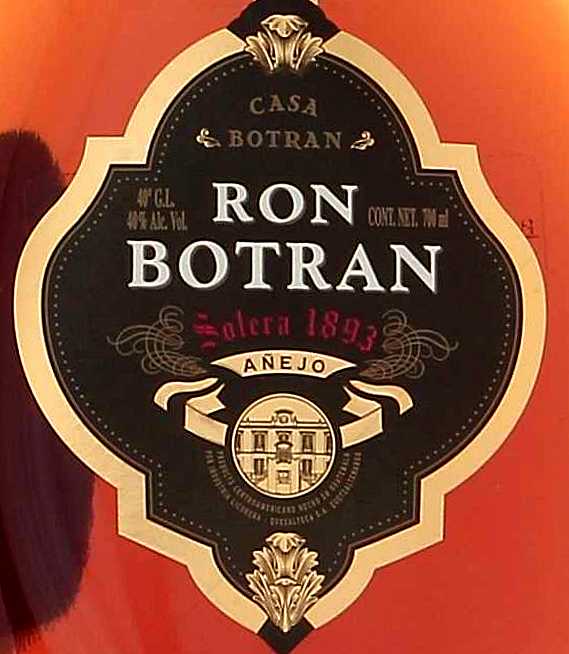 Colour – Gold brown
Colour – Gold brown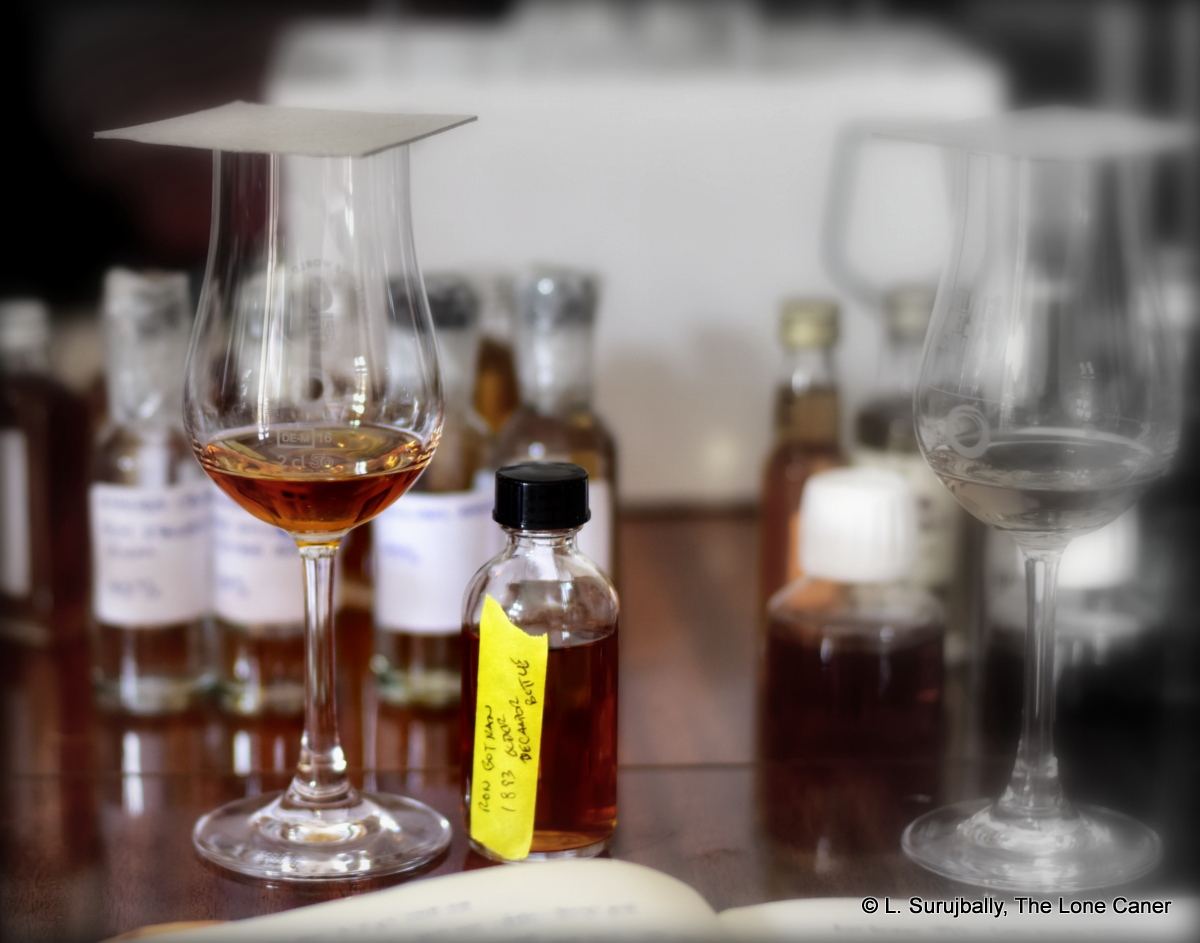
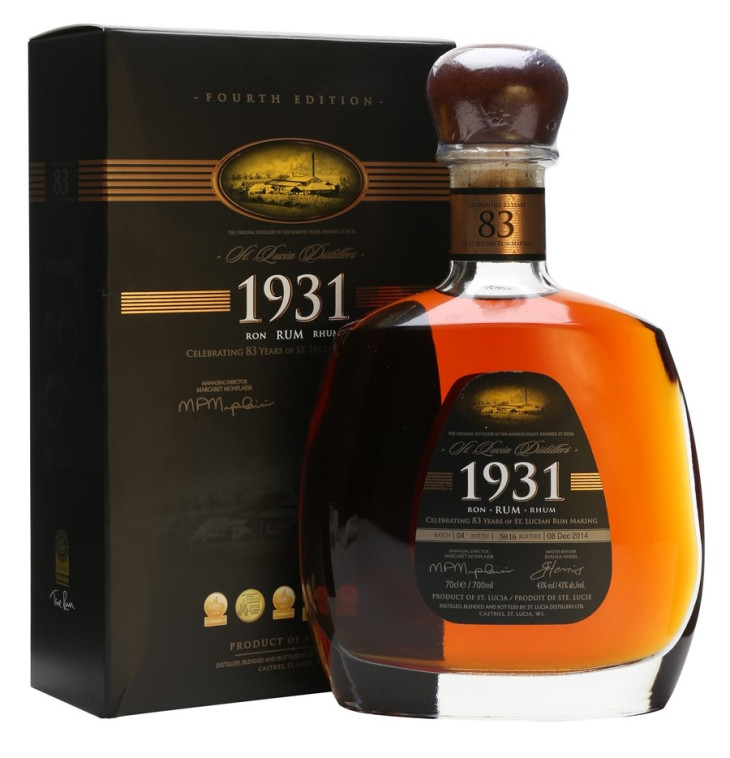 Rumaniacs Review #120 | 0757
Rumaniacs Review #120 | 0757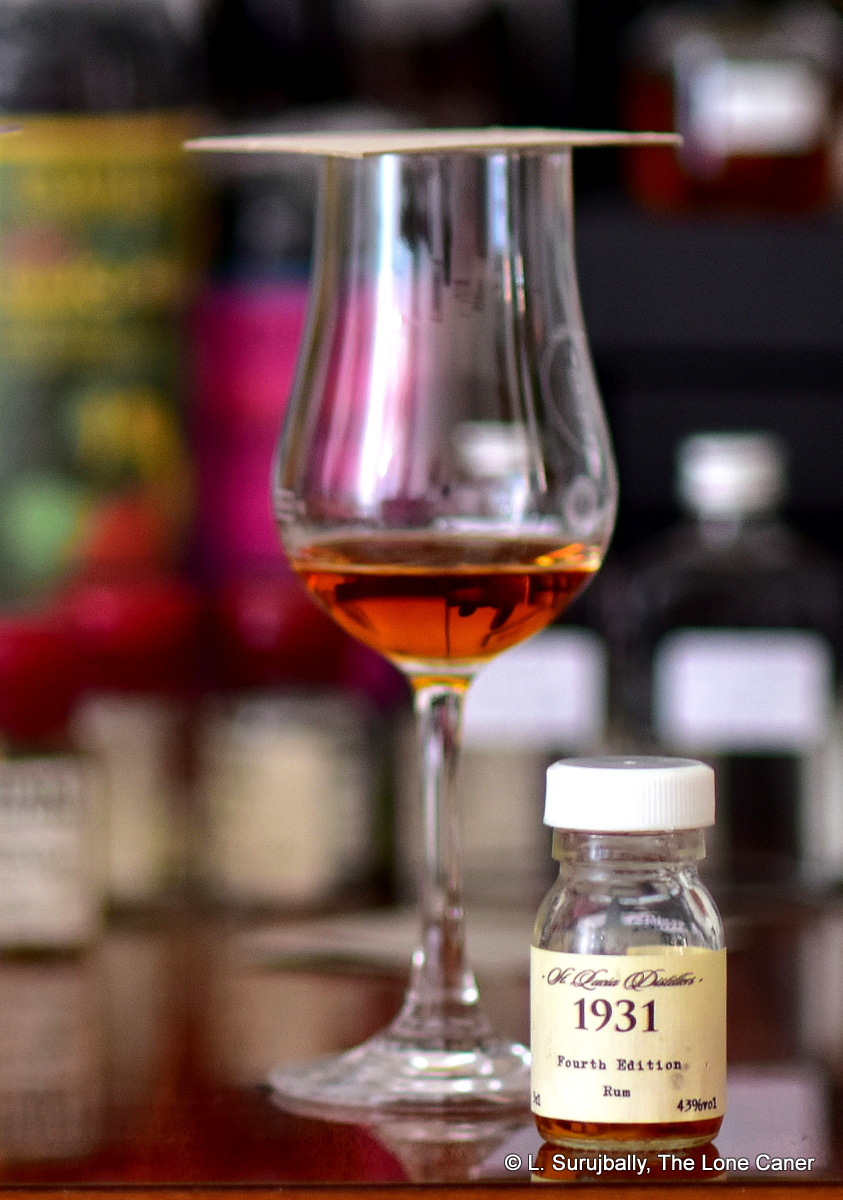 Colour – Gold
Colour – Gold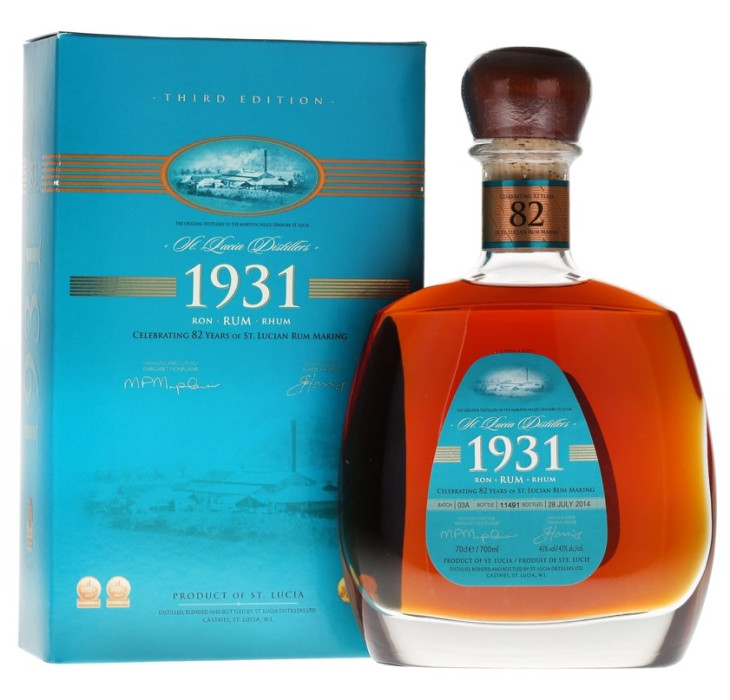 Rumaniacs Review #119 | 0756
Rumaniacs Review #119 | 0756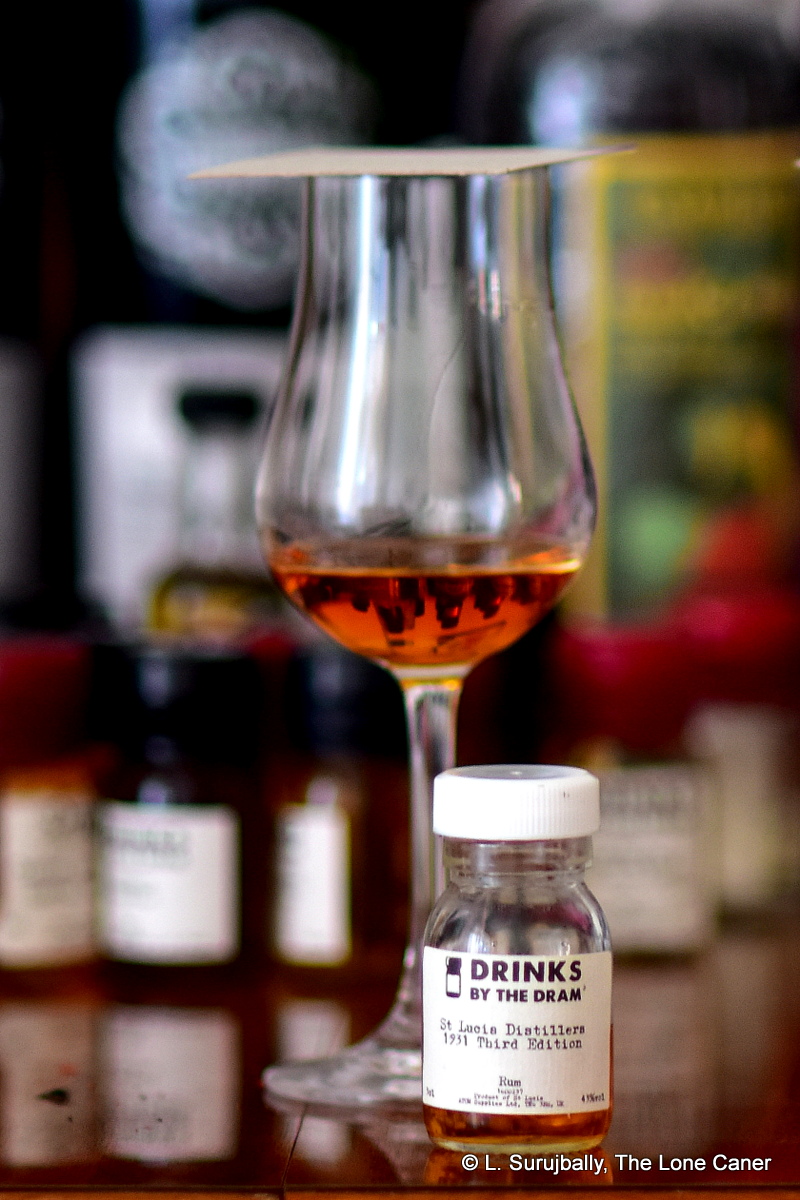 Colour – Dark gold
Colour – Dark gold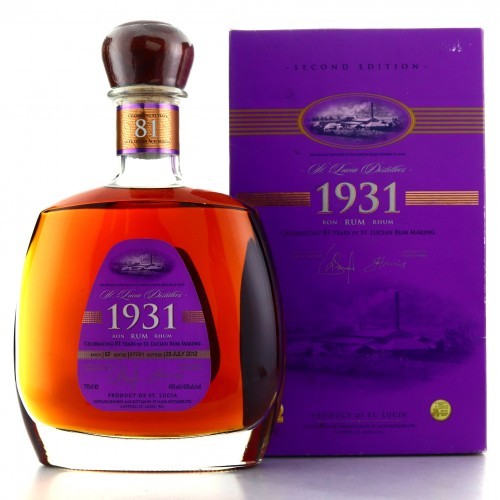 Rumaniacs Review #118 | 0755
Rumaniacs Review #118 | 0755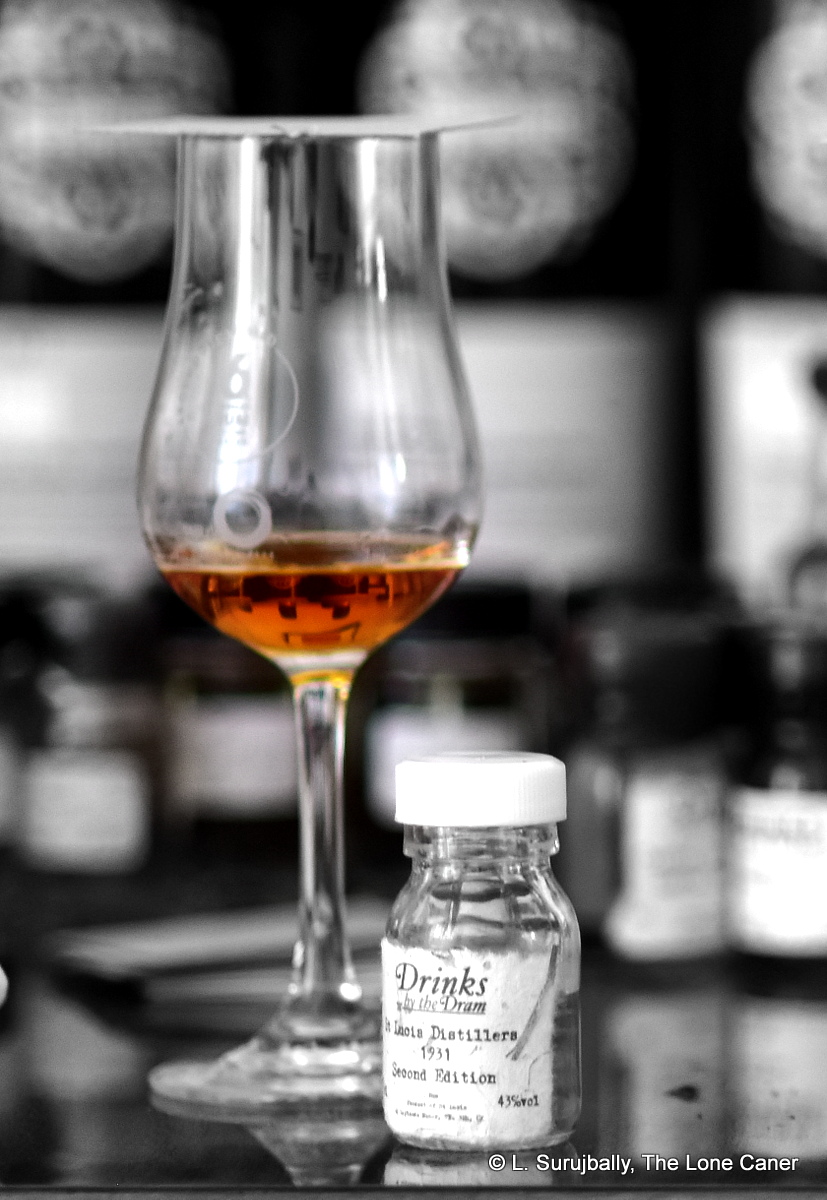 Colour – Mahogany
Colour – Mahogany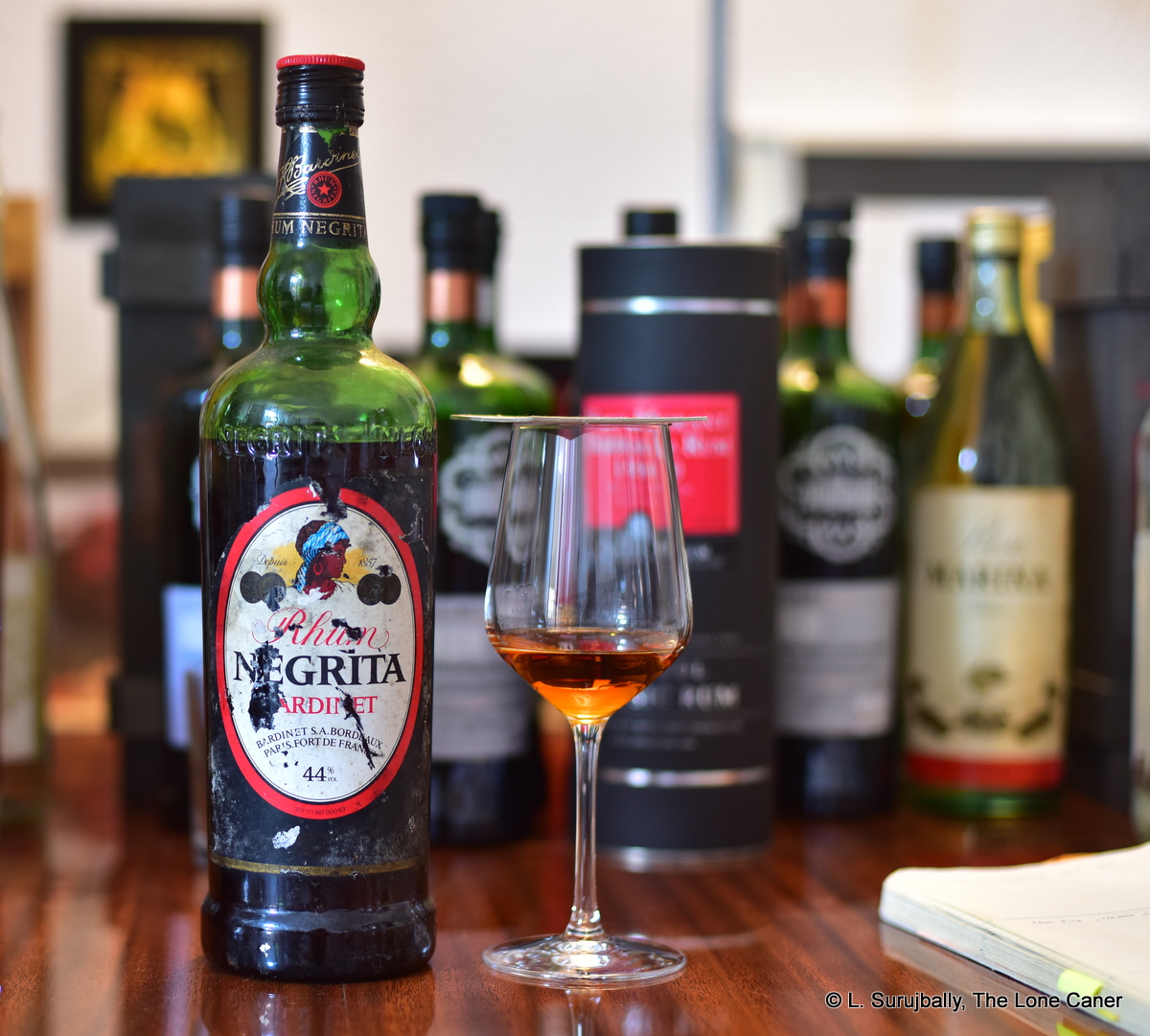
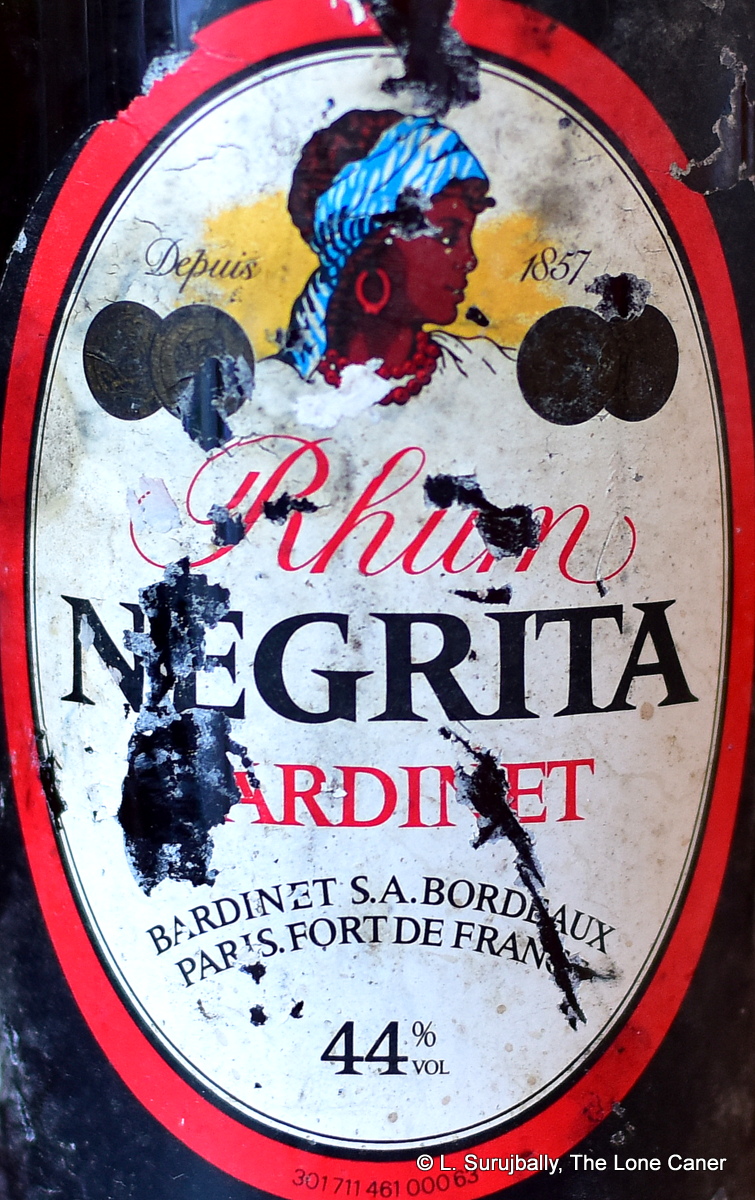
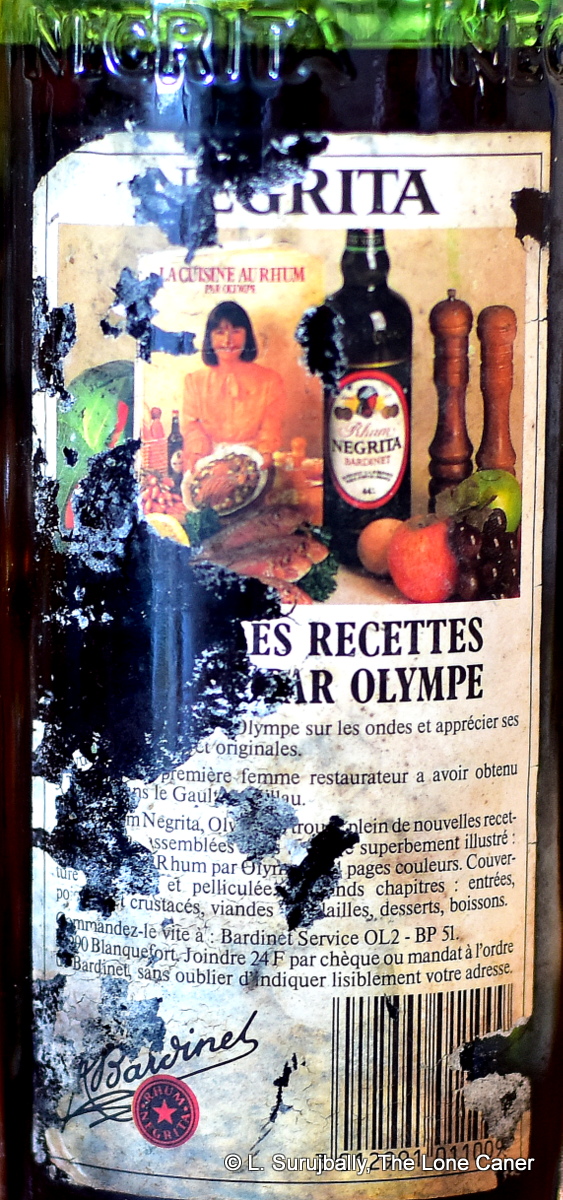 Nose – Doesn’t lend itself to quick identification at all. It’s of course pre-AOC so who knows what made it up, and the blend is not disclosed, alas. So, it’s thick, fruity and has that taste of a dry dark-red wine. Some fruits – raisins and prunes and blackberries – brown sugar, molasses, caramel, and a sort of sly, subtle reek of gaminess winds its way around the back end. Which is intriguing but not entirely supportive of the other aspects of the smell.
Nose – Doesn’t lend itself to quick identification at all. It’s of course pre-AOC so who knows what made it up, and the blend is not disclosed, alas. So, it’s thick, fruity and has that taste of a dry dark-red wine. Some fruits – raisins and prunes and blackberries – brown sugar, molasses, caramel, and a sort of sly, subtle reek of gaminess winds its way around the back end. Which is intriguing but not entirely supportive of the other aspects of the smell.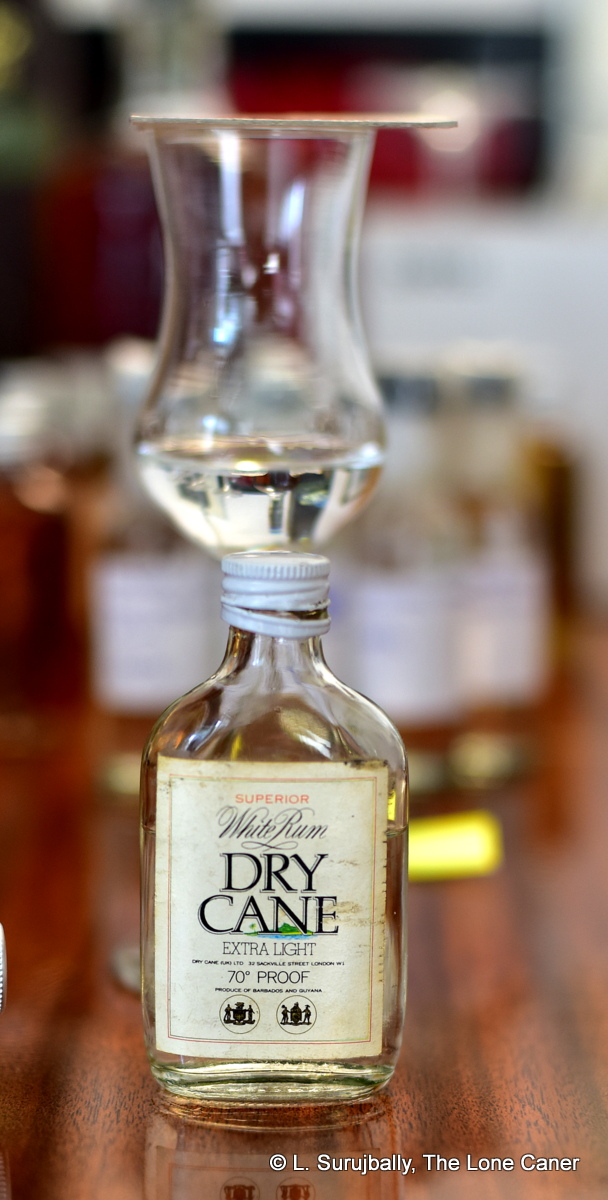
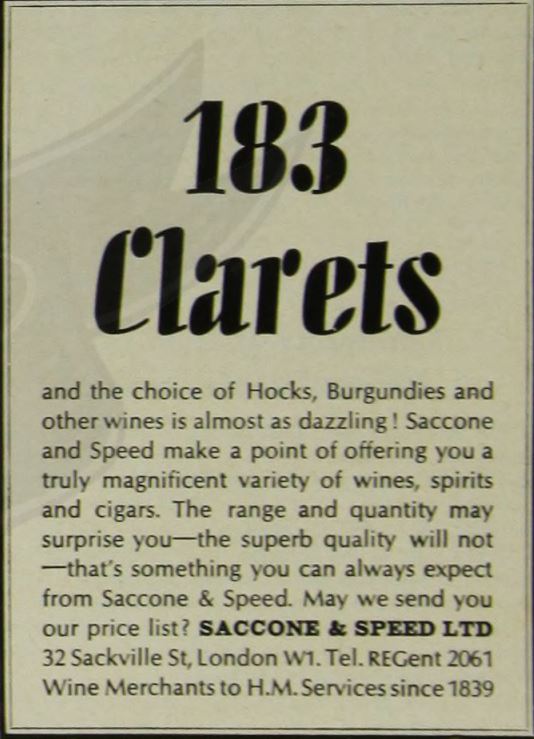 My inference is therefore that Dry Cane was a financing vehicle or shell company or wholly owned subsidiary set up for a short time to limit the exposure of the parent company (or Kinloch), as it dabbled in being an independent bottler — and just as quickly retreated, for no further products were ever made so far as I can tell. But since S&S also acquired a Gibraltar drinks franchise in 1968 and gained the concession to operate a duty free shop at Gibraltar airport in 1973, I suspect this was the rationale behind creating the rums in the first place, through the reason for its cessation is unknown. Certainly by the time S&S moved out of Sackville Street in the 1980s and to Gibraltar (where they remain to this day as part of a large conglomerate), the rum was no longer on sale.
My inference is therefore that Dry Cane was a financing vehicle or shell company or wholly owned subsidiary set up for a short time to limit the exposure of the parent company (or Kinloch), as it dabbled in being an independent bottler — and just as quickly retreated, for no further products were ever made so far as I can tell. But since S&S also acquired a Gibraltar drinks franchise in 1968 and gained the concession to operate a duty free shop at Gibraltar airport in 1973, I suspect this was the rationale behind creating the rums in the first place, through the reason for its cessation is unknown. Certainly by the time S&S moved out of Sackville Street in the 1980s and to Gibraltar (where they remain to this day as part of a large conglomerate), the rum was no longer on sale.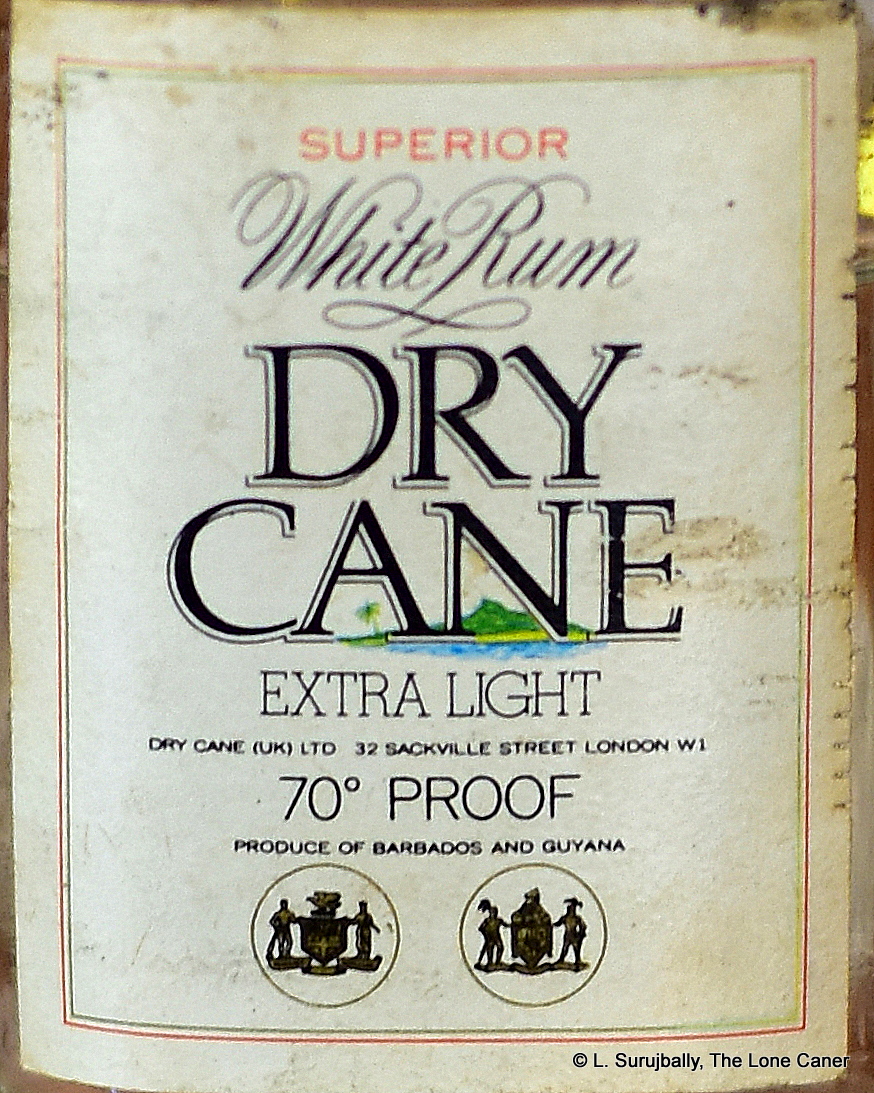 Palate – Light and inoffensive, completely bland. Pears, sugar water, some mint. You can taste a smidgen of alcohol behind all that, it’s just that there’s nothing really serious backing it up or going on.
Palate – Light and inoffensive, completely bland. Pears, sugar water, some mint. You can taste a smidgen of alcohol behind all that, it’s just that there’s nothing really serious backing it up or going on. 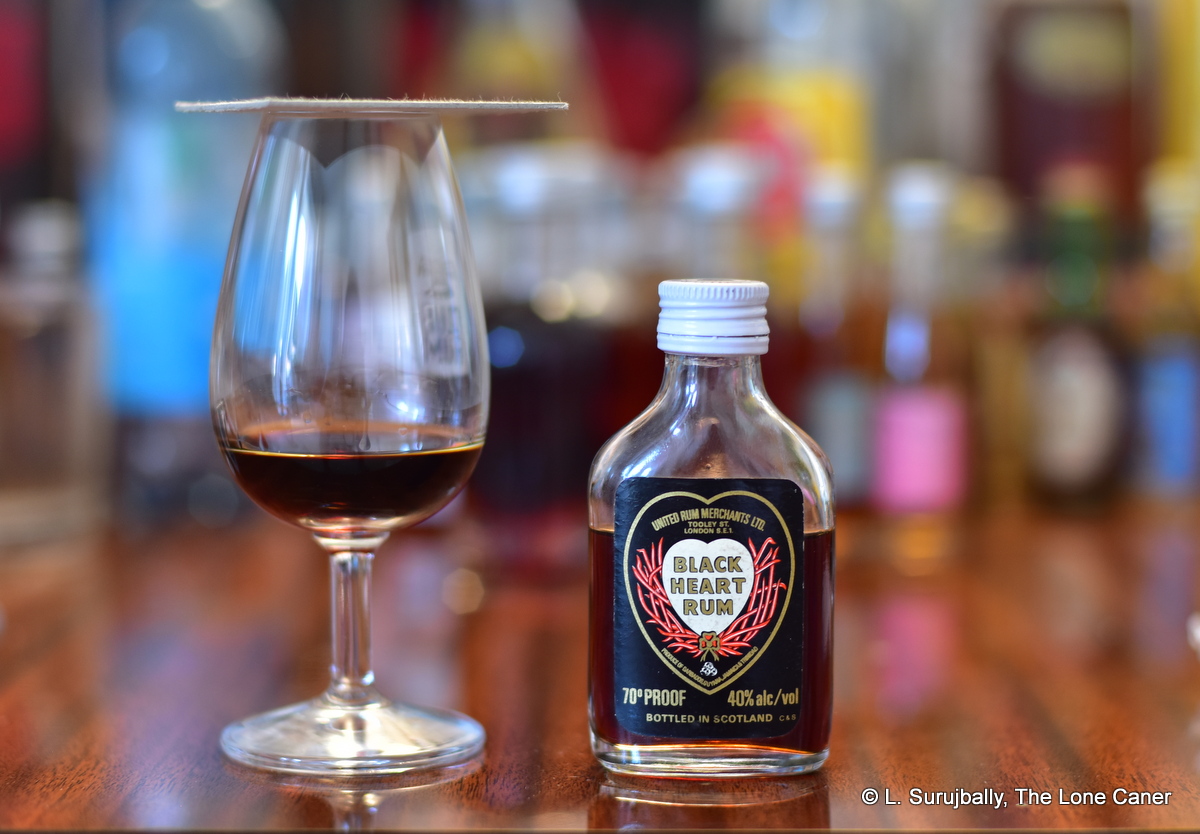
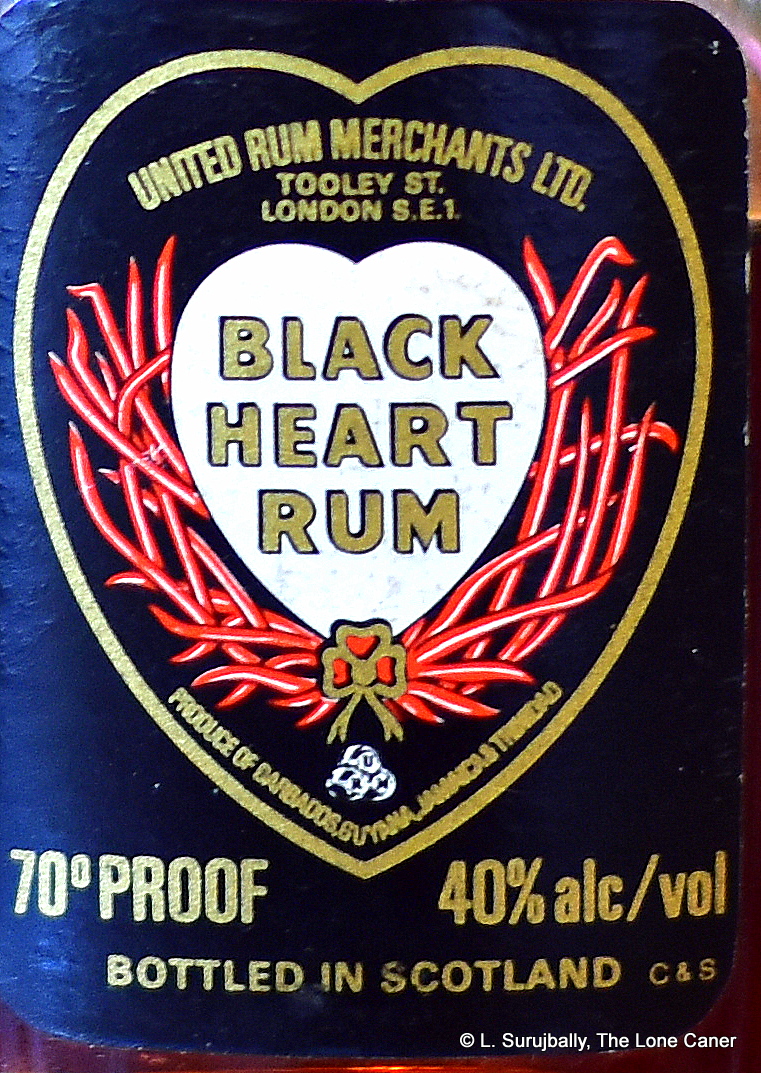 Colour – Very dark brown
Colour – Very dark brown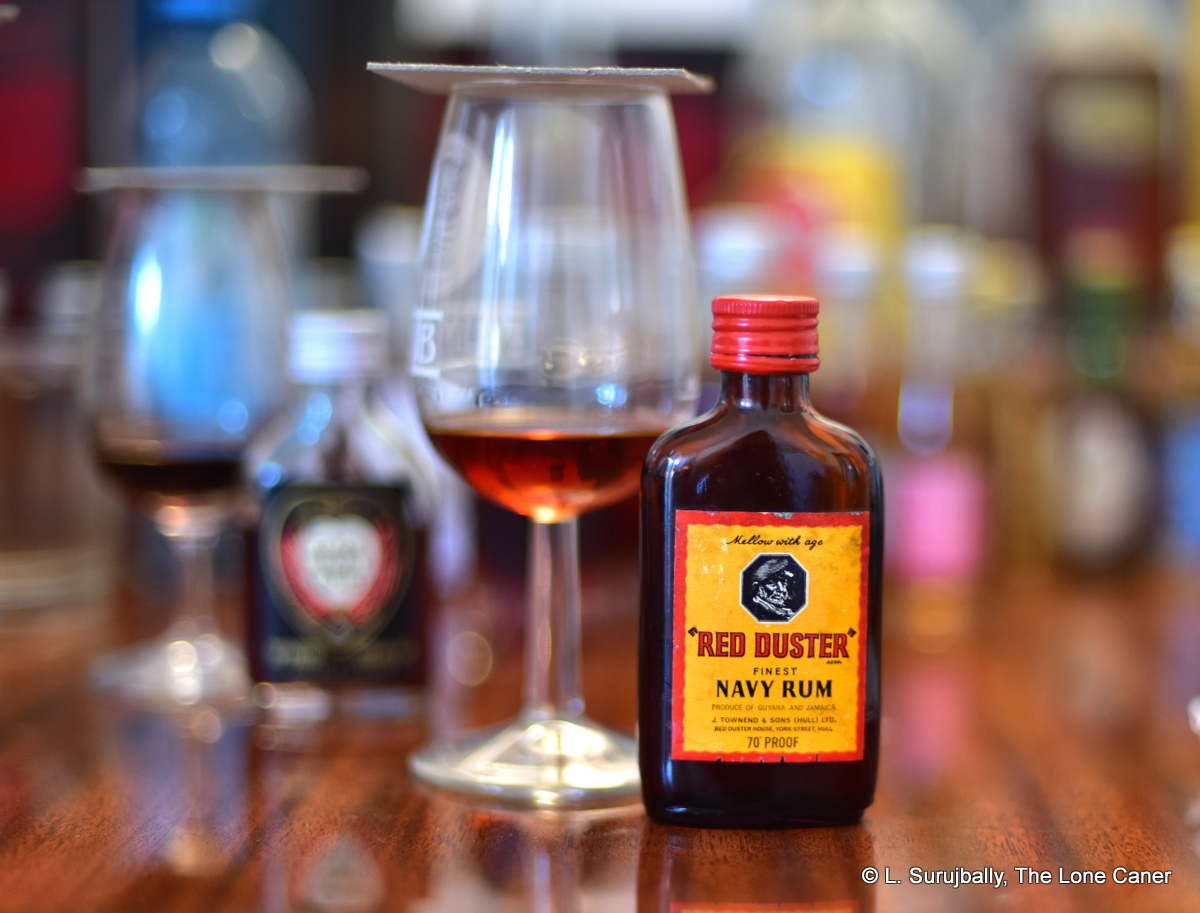


 Colour – Amber
Colour – Amber
 Colour – Light Gold
Colour – Light Gold
 Palate – Even if they didn’t say so on the label, I’d say this is almost completely Guyanese just because of the way all the standard wooden-still tastes are so forcefully put on show – if there
Palate – Even if they didn’t say so on the label, I’d say this is almost completely Guyanese just because of the way all the standard wooden-still tastes are so forcefully put on show – if there 



 Nose – Quite a bit different from the strongly focussed Demerara profile of the Navy 70º we looked at before – had the label not been clear what was in it, I would have not guessed there was any Jamaican in here. The wooden stills profile of Guyana is tamed, and the aromas are prunes, licorice, black grapes and a light brininess. After a while some salt caramel ice cream, nougat, toffee and anise become more evident. Sharp fruits are held way back and given the absence of any kind of tarriness, I’d hazard that Angostura provided the Trinidadian component.
Nose – Quite a bit different from the strongly focussed Demerara profile of the Navy 70º we looked at before – had the label not been clear what was in it, I would have not guessed there was any Jamaican in here. The wooden stills profile of Guyana is tamed, and the aromas are prunes, licorice, black grapes and a light brininess. After a while some salt caramel ice cream, nougat, toffee and anise become more evident. Sharp fruits are held way back and given the absence of any kind of tarriness, I’d hazard that Angostura provided the Trinidadian component.  Rumaniacs Review #107 | R-0688
Rumaniacs Review #107 | R-0688 Palate – Waiting for this to open up is definitely the way to go, because with some patience, the bags of funk, soda pop, nail polish, red and yellow overripe fruits, grapes and raisins just become a taste avalanche across the tongue. It’s a very solid series of tastes, firm but not sharp unless you gulp it (not recommended) and once you get used to it, it settles down well to just providing every smidgen of taste of which it is capable.
Palate – Waiting for this to open up is definitely the way to go, because with some patience, the bags of funk, soda pop, nail polish, red and yellow overripe fruits, grapes and raisins just become a taste avalanche across the tongue. It’s a very solid series of tastes, firm but not sharp unless you gulp it (not recommended) and once you get used to it, it settles down well to just providing every smidgen of taste of which it is capable.
 The “Guyana” spelling sets a lower post-independence date of 1966. Grants also released a Navy Rum and a Demerara Rum – both from Guyana, and both at “70º proof”. The address is written differently on their labels though, being “Grants of Saint James” on the Demerara label (Bury Lane is in the area of St. James, and a stone’s throw away from St. James’s Street…and BBR). Grants was still referring to itself as “of St. James” first (and until 1976 at least), but I think it’s the 40% ABV that’s key here, since that only came into effect in the mid 1980s in the UK.
The “Guyana” spelling sets a lower post-independence date of 1966. Grants also released a Navy Rum and a Demerara Rum – both from Guyana, and both at “70º proof”. The address is written differently on their labels though, being “Grants of Saint James” on the Demerara label (Bury Lane is in the area of St. James, and a stone’s throw away from St. James’s Street…and BBR). Grants was still referring to itself as “of St. James” first (and until 1976 at least), but I think it’s the 40% ABV that’s key here, since that only came into effect in the mid 1980s in the UK.